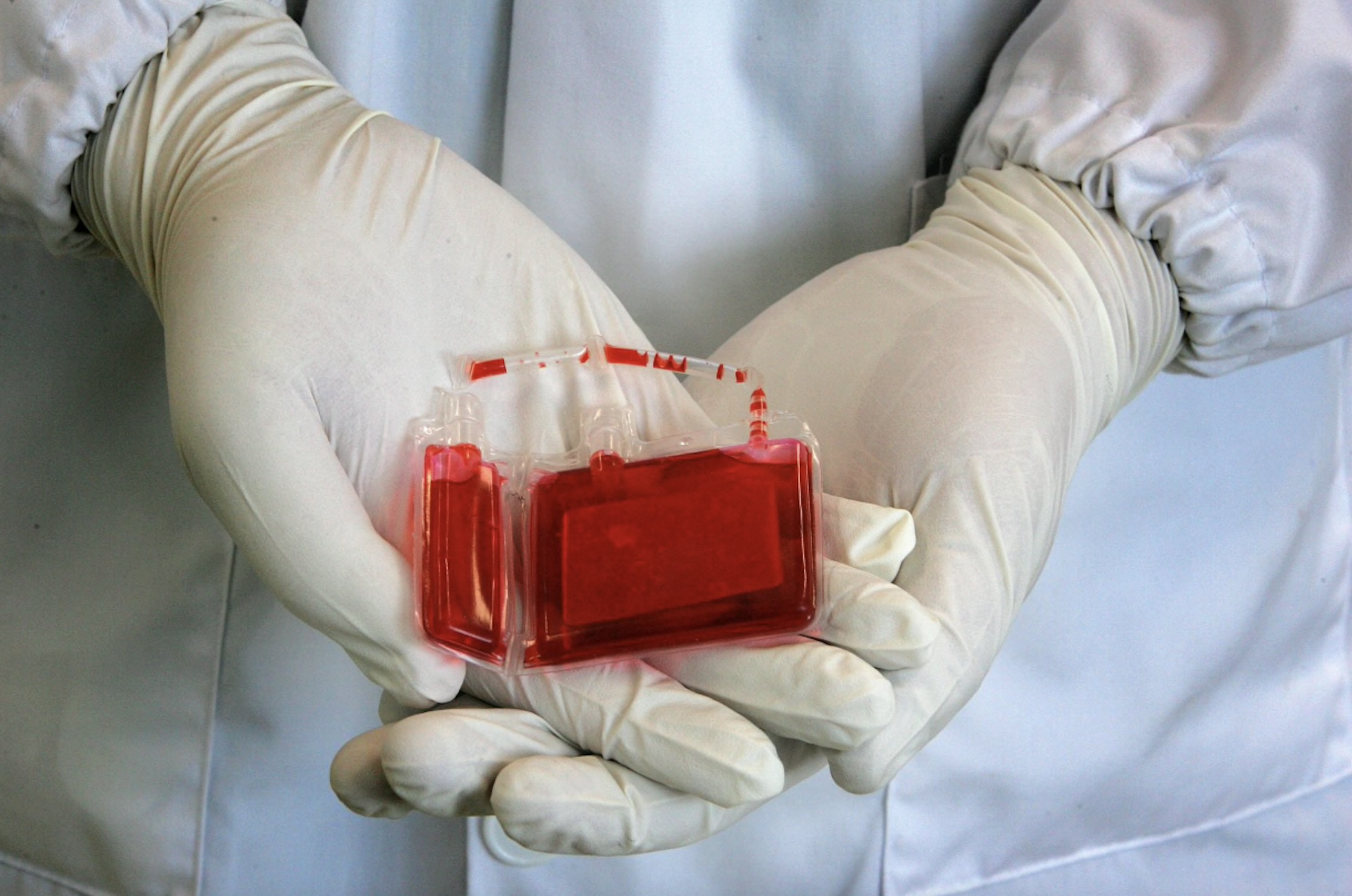Should You Bank Your Baby’s Cord Blood?
What Is cord blood banking?
Cord blood banking is the process of collecting and storing the blood from the umbilical cord and placenta of a newborn baby. This blood is rich in stem cells, which have the ability to develop into different types of cells in the body. Cord blood banking can be done privately, where the cord blood is stored for personal use by the baby or their family, or publicly, where it is donated for use by anyone in need.
Private cord blood banking allows families to store their baby’s cord blood for potential future use in case the child or a family member develops a condition that can be treated with stem cells, such as certain cancers, blood disorders, or immune system disorders. Public cord blood banking involves donating the cord blood to a public bank, where it is made available to patients in need of a stem cell transplant.
Cord blood banking has the potential to provide a valuable source of stem cells for medical treatments, and many parents choose to bank their baby’s cord blood as a form of biological insurance. However, there are costs associated with private cord blood banking, and it’s important for families to weigh the potential benefits against these costs when making a decision about whether to bank their baby’s cord blood.
What are the benefits of cord blood banking?
Cord blood banking offers several potential benefits, both for the baby and their family:
- Future medical treatments: Cord blood contains stem cells that can be used in the treatment of certain diseases and conditions, such as leukemia, lymphoma, and other blood disorders. Banking cord blood provides a potential source of stem cells for future medical treatments.
- Family matching: The stem cells in cord blood are a genetic match for the baby, and there is a 25% chance they will be a match for a sibling. This can be important if a family member develops a condition that can be treated with stem cell therapy.
- Low risk: Collecting cord blood is a safe and painless procedure for both the baby and the mother. The collection is done after the baby is born and the umbilical cord is clamped and cut.
- Regenerative medicine: Stem cells from cord blood have the potential to be used in regenerative medicine, where they can be used to repair or replace damaged tissues and organs.
- Research: Cord blood stem cells are valuable for research purposes, and banking cord blood can contribute to advances in medical science.
- Peace of mind: For some families, banking cord blood provides peace of mind knowing that there is a potential source of stem cells available if needed in the future.
It’s important to note that the use of cord blood stem cells in medical treatments is still relatively new, and not all conditions can be treated with cord blood stem cells. Additionally, there are costs associated with cord blood banking, both for the initial collection and storage, so families should carefully consider their options and discuss them with a healthcare provider before making a decision.
What conditions are treatable with cord blood transplantation?
Cord blood transplantation is a type of stem cell transplant that can be used to treat a variety of conditions, particularly those that affect the blood and immune system. Some of the conditions that can be treated with cord blood transplantation include:
- Leukemia: Cord blood transplantation can be used to treat various types of leukemia, including acute lymphoblastic leukemia (ALL) and acute myeloid leukemia (AML).
- Lymphoma: Certain types of lymphoma, such as Hodgkin lymphoma and non-Hodgkin lymphoma, may be treated with cord blood transplantation.
- Myelodysplastic syndromes (MDS): MDS are a group of disorders in which the bone marrow does not produce enough healthy blood cells. Cord blood transplantation can be used to treat severe cases of MDS.
- Aplastic anemia: Aplastic anemia is a condition in which the bone marrow fails to produce enough blood cells. Cord blood transplantation can be used to replace the damaged bone marrow with healthy stem cells.
- Sickle cell disease: Cord blood transplantation may be used as a treatment for sickle cell disease, a genetic disorder that affects the red blood cells.
- Thalassemia: Thalassemia is a genetic disorder that affects the production of hemoglobin. Cord blood transplantation may be used as a treatment for severe cases of thalassemia.
- Immune system disorders: Cord blood transplantation can be used to treat certain immune system disorders, such as severe combined immunodeficiency (SCID) and Wiskott-Aldrich syndrome.
- Metabolic disorders: Some metabolic disorders, such as Hurler syndrome and Krabbe disease, may be treated with cord blood transplantation.
It’s important to note that not all cases of these conditions will require or be suitable for cord blood transplantation. The decision to use cord blood transplantation as a treatment is made on a case-by-case basis by healthcare providers specializing in stem cell transplantation.
What are the costs of banking cord blood?
The cost of banking cord blood can vary depending on whether you choose public or private banking, as well as the specific bank and any additional services offered. Here are some general cost considerations:
- Public banking: Donating cord blood to a public bank is typically free of charge for the donor. However, the cord blood is then available for anyone in need of a transplant, and there is no guarantee that it will be available for your family if needed in the future.
- Private banking: Private cord blood banking involves storing the cord blood for personal use by the baby or their family. Private banking usually requires an initial fee for collection and processing, as well as annual storage fees. The initial fee can range from $1,500 to $2,500 or more, and annual storage fees can range from $100 to $300 or more.
- Additional services: Some private cord blood banks offer additional services, such as genetic testing or the storage of other types of stem cells (e.g., cord tissue). These additional services can increase the cost.
It’s important to carefully review the costs and services offered by different cord blood banks before making a decision. Some banks offer payment plans or discounts for multiple births, so be sure to inquire about any available options. Additionally, check if your health insurance or flexible spending account (FSA) can be used to cover any of the costs associated with cord blood banking.




